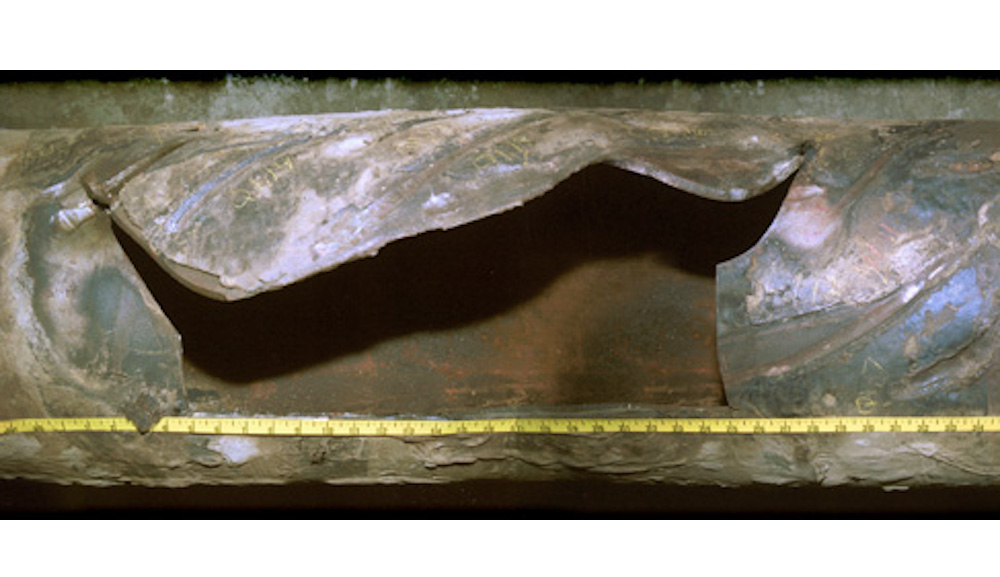How a Control Failure can Kill
10.7.19
On my first birthday, June 10th 1999, there was a brief news story about a pipeline burst in Washington state. A 16-inch wide gasoline pipe burst, spilling 237 thousand gallons of gasoline into local brooks. This gasoline ignited the river, and this fire flow killed two 10 year olds and an 18 year old. This incident also took a told on the environment in the area. The fire burned a lot of wetland area, and the remaining oil and soot choked out any wildlife that survived the fire. The National Transportation Safety Board investigated the accident and came to the conclusion that pipeline damage by construction workers and a valve misconfiguration led to this tragedy. But there was still something unsolved, 30 minutes before the pipeline burst there was a computer failure in the control room that effectively locked up the manual controls that workers could use. It's hard to tell what exactly happened because the system administrator, the control room supervisor, and multiple control room operators would not testify. They refused testifying using their Fifth Amendment right against self-incrimination. And multiple system logs from the control room were missing or deleted, in a suspicious and unsolved reason.
Most pipeline operators use the SCADA system to control and operate their pipelines. This SCADA system has both field sensors and actuators, communications, terminal units, and a main computer. The field sensors and actuators have pumps, valves, pressure and temperature monitors, and flow memeters. This wasn't a coding incident. Rather it was a security issue that the official report doesn't address. NIST 800-53, which is a new cybersecurity standard, would have prevented the pipeline from bursting. Since many large scale networks like the power grid in addition to pipelines were set up with almost no security measures in place again cyber attacks. For example, in January of 2003 there was an attack that gained access into a nuclear power plant's private network and disabled the safety monitoring system for almost five hours. Later in 2003 a software bug lead to a power failure that interrupted electrical service to 50 million people in eight states.
This incident was just the beginning of a series of accident's caused by control failures. Even as technology improves we're still reminding of the dangers of trusting a computer completely, such as was the case with Boeing planes that crashed earlier this year. Overall there should always be failsafes that revert to manual control in the event of a failure.
